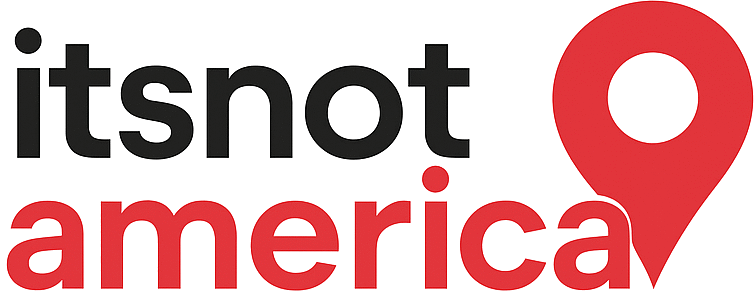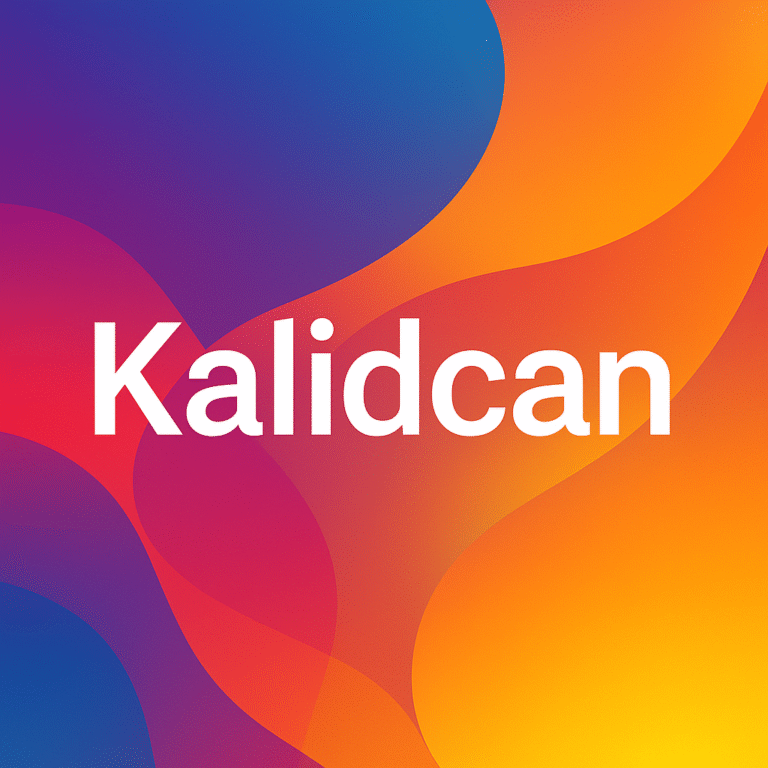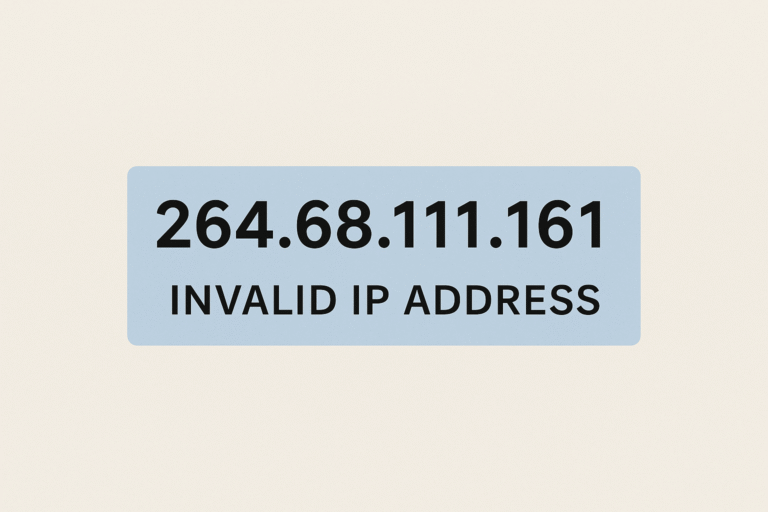Swing Smarter: Mobile App Development for Golfers, Coaches, and Clubs
Introduction
Golf is about patience, detail, and precision. Miss by a fraction and the whole shot changes. Funny thing is – mobile apps in golf work the same way. When they’re clunky, you notice right away. Slow load times, confusing scorecards, half-baked features. It ruins the round.
That’s why you don’t just hire anyone to build one. A mobile app development by Brainvire with real sports or performance experience will save you the pain. Even better if they’ve worked as a Golf App Development company because golf apps have quirks no generic fitness tracker ever thinks about.
Why Golf Needs Apps in the First Place
It’s not just scorecards.
- Golfers want instant feedback.
- GPS course maps help on strange greens.
- Coaches need a way to track student swings.
Clubs? They’re trying to run bookings, memberships, and events without drowning in spreadsheets.
The old clipboard and pen routine doesn’t cut it anymore.
Where Most Golf Apps Fail
We’ve seen plenty of them. Some look sleek but freeze on the third hole. Others forget the basics: a scorecard that takes six taps just to add a bogey. Coaches complain video uploads are clumsy. Clubs get apps that don’t talk to POS systems – so staff end up typing the same data twice.
That’s when you realize: off-the-shelf doesn’t work here. Golf isn’t generic. It needs its own tools and that’s where a specialized Golf app development company like brainvire steps into the picture.
Key Features to Include in Your Gold App
- GPS navigation and course mapping: One important use is to provide precise distances to the green, hazards, and other spots on the course. Many applications include two- and three-dimensional course maps, aerial imagery, and even augmented reality.
Some apps, like as the Motocaddy GPS App, employ a large database of GPS-enabled golf courses worldwide to offer distances to important locations and hazards.
- Score monitoring and handicap calculation: Apps enable players to record their scores, track data (number of putts, fairway hits, green hits, and so on), and automatically compute their handicap.
Some applications interface with official handicapping systems. TheGrint, for example, lets you connect a USGA Handicap Index® account and quickly sync scores.
- Swing analysis: Many applications include capabilities for recording and analyzing a player’s swing, such as slow-motion playback, sketching tools, comparisons to professional swings, and interaction with sensors or artificial intelligence.
Apps such as V1 Golf or Swing Profile offer extensive swing analysis capabilities as well as access to instructional video collections.
- Tee time booking: Some programs allow players to find and book tee times at various golf courses, frequently with the option to search for open times, book for multiple players, and earn discounts. GolfNow is an app that lets you schedule tee times at thousands of golf courses worldwide.
- Social media integration: Many applications have social features that allow users to connect with friends, share scores, compete in leaderboards, form groups, and organize friendly matches. Apps like 18Birdies and GolfLync prioritize social features and connect golf fans.
- Additional features: Aside from the main functionality, several applications include a variety of additional services including as in-app purchases, wearable device integration, food and beverage ordering, tailored training regimens, tournament administration, and golf regulations manuals. Different apps also have advanced GPS capabilities like shot heat maps and putt break maps.
There is a trend towards developing universal golf applications that integrate many tasks and serve as a comprehensive tool for golfers both on and off the course. Personalization and customization are becoming increasingly significant, with applications providing features customized to individual players’ skill levels, preferences, and playing styles.
Why Specialists Win
A Golf App Development company isn’t guessing. They’ve already built swing trackers, offline scoring for poor-signal courses, and booking systems that don’t crash on Saturday mornings. They know what matters: swing tempo, distance, shot dispersion. And what doesn’t: flashy animations that slow everything down.
It’s the same reason you’d hire a golf coach over a general fitness trainer. They speak your language.
Where a Mobile App Development Company Adds Value
Think beyond the golfer. The real strength of a seasoned mobile app development company is handling everyone in the chain.
- Golfers: GPS, scoring, progress history.
- Coaches: video analysis, chat, student dashboards.
- Clubs: event calendars, membership renewals, loyalty rewards.
Three audiences. One platform. That takes skill.
Features That Actually Matter
For players:
- Scorecards you can update in seconds.
- Swing tracking that works, not gimmicks.
- GPS maps that don’t drain the battery.
For coaches:
- Record, mark, and send swing videos.
- See student stats over time.
- Direct communication without messy group chats.
For clubs:
- Bookings that don’t double-book.
- Renewal reminders that just work.
- A simple dashboard for staff.
These sound obvious, but check most apps – you’ll see at least one missing.
Cost vs ROI
Some apps cost peanuts. Others cost as much as a new clubhouse wing. The price isn’t the question. The return is.
- If golfers use it daily, it’s worth it.
- If coaches can train twice as many students remotely, it’s worth it.
- If clubs cut admin work in half, it’s worth it.
A cheap app nobody opens? That’s the real waste.
Final Thoughts
Golf is precise. Apps should be too. Don’t let yours become another abandoned icon on someone’s phone. Work with a partner who knows both tech and the game itself.
Remember: golfers won’t forgive a buggy app. They’ll just delete it.







